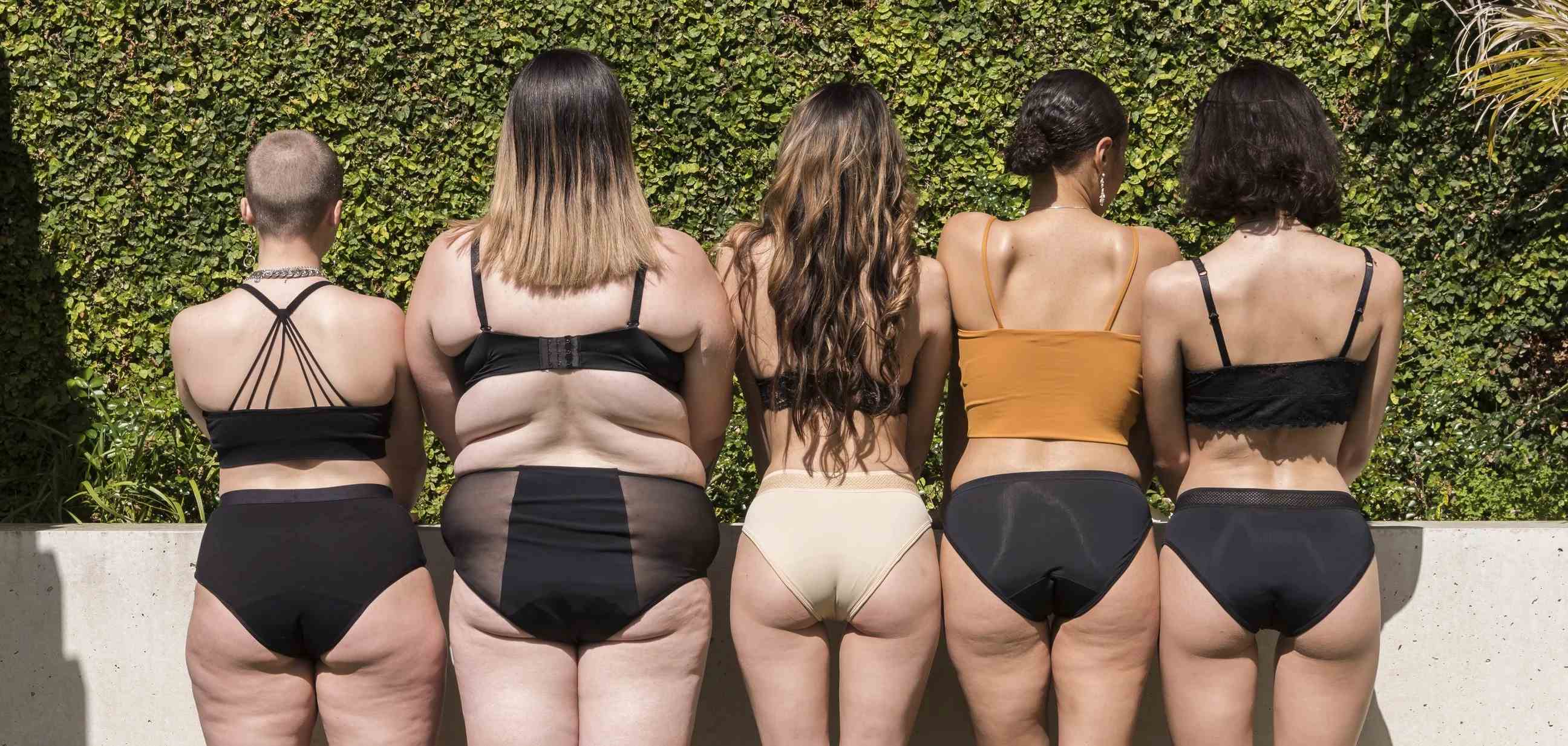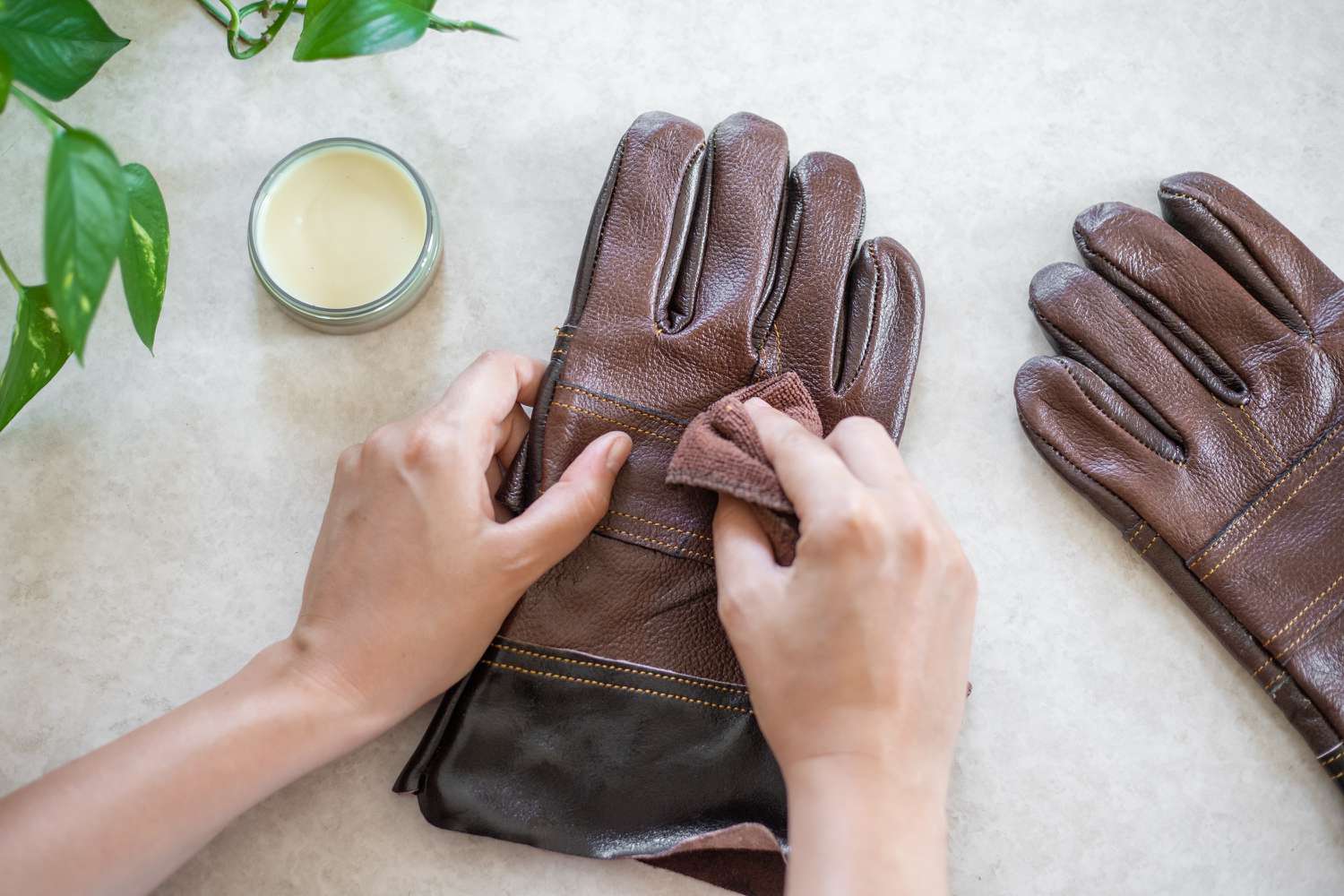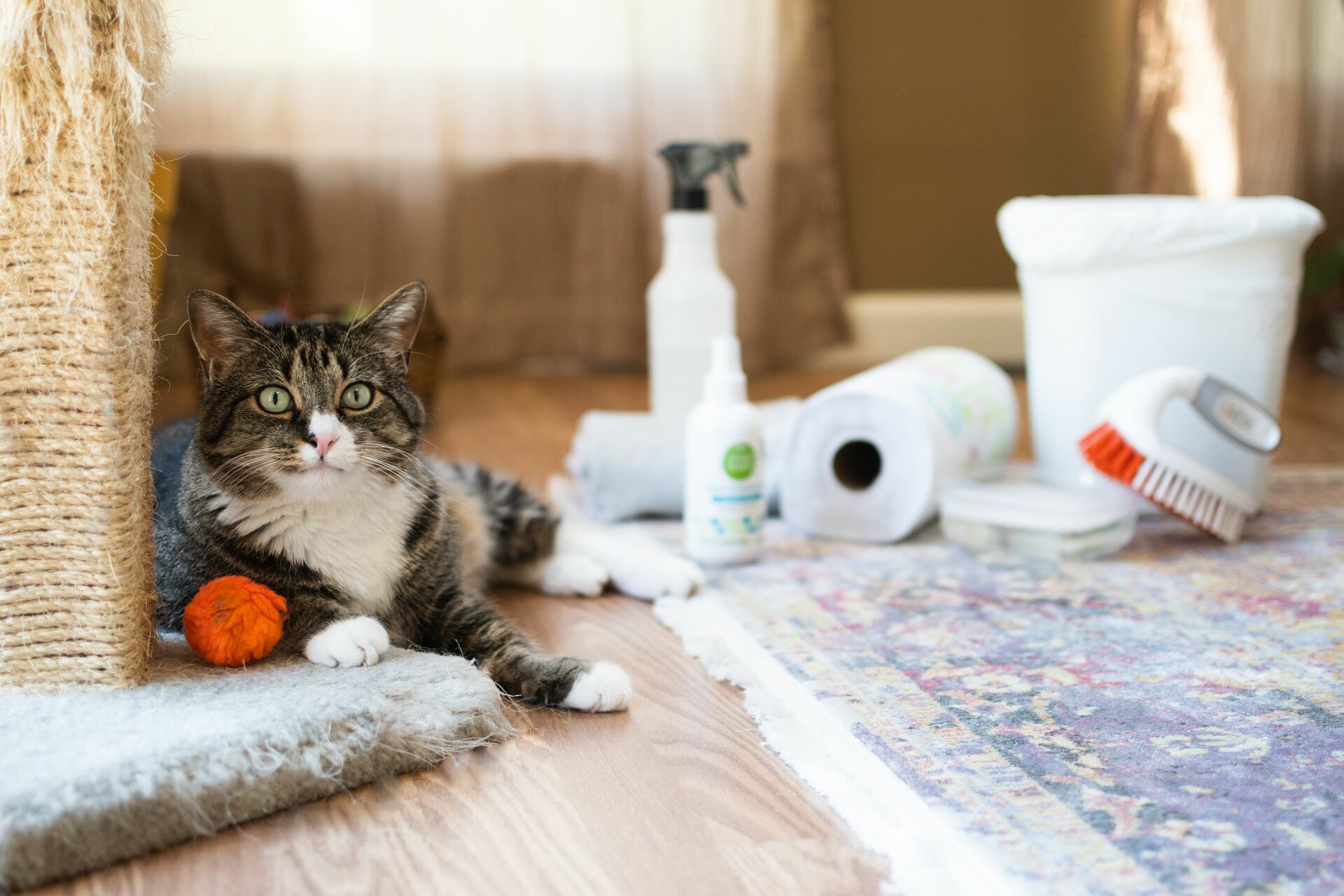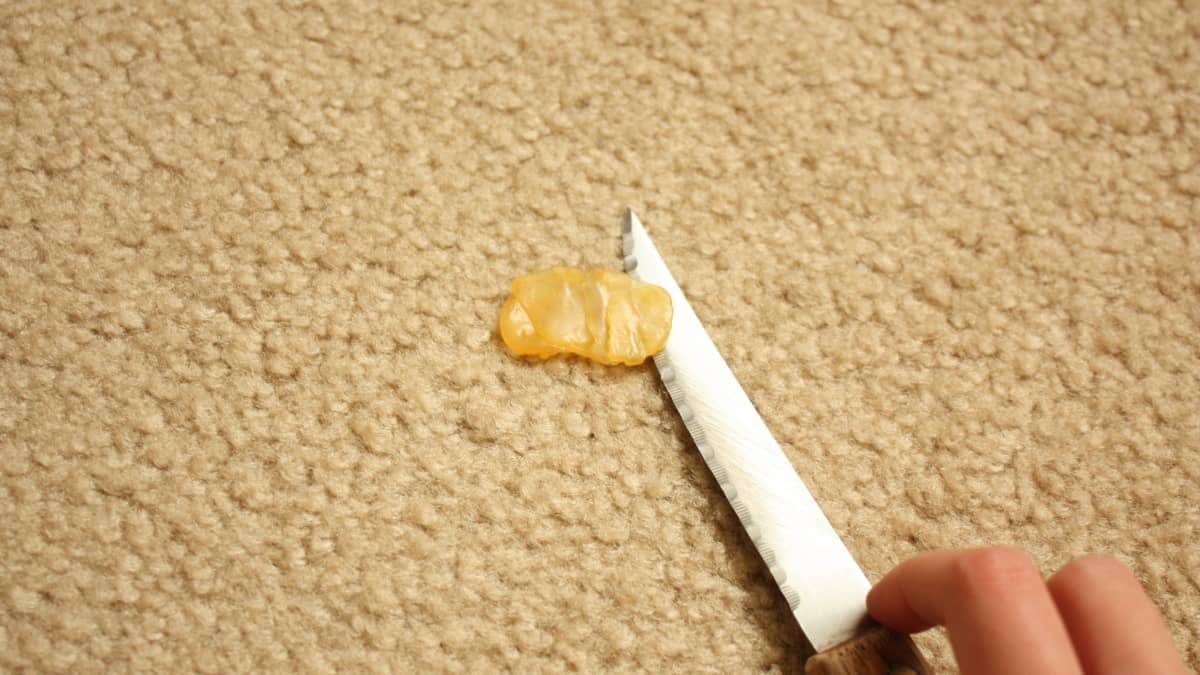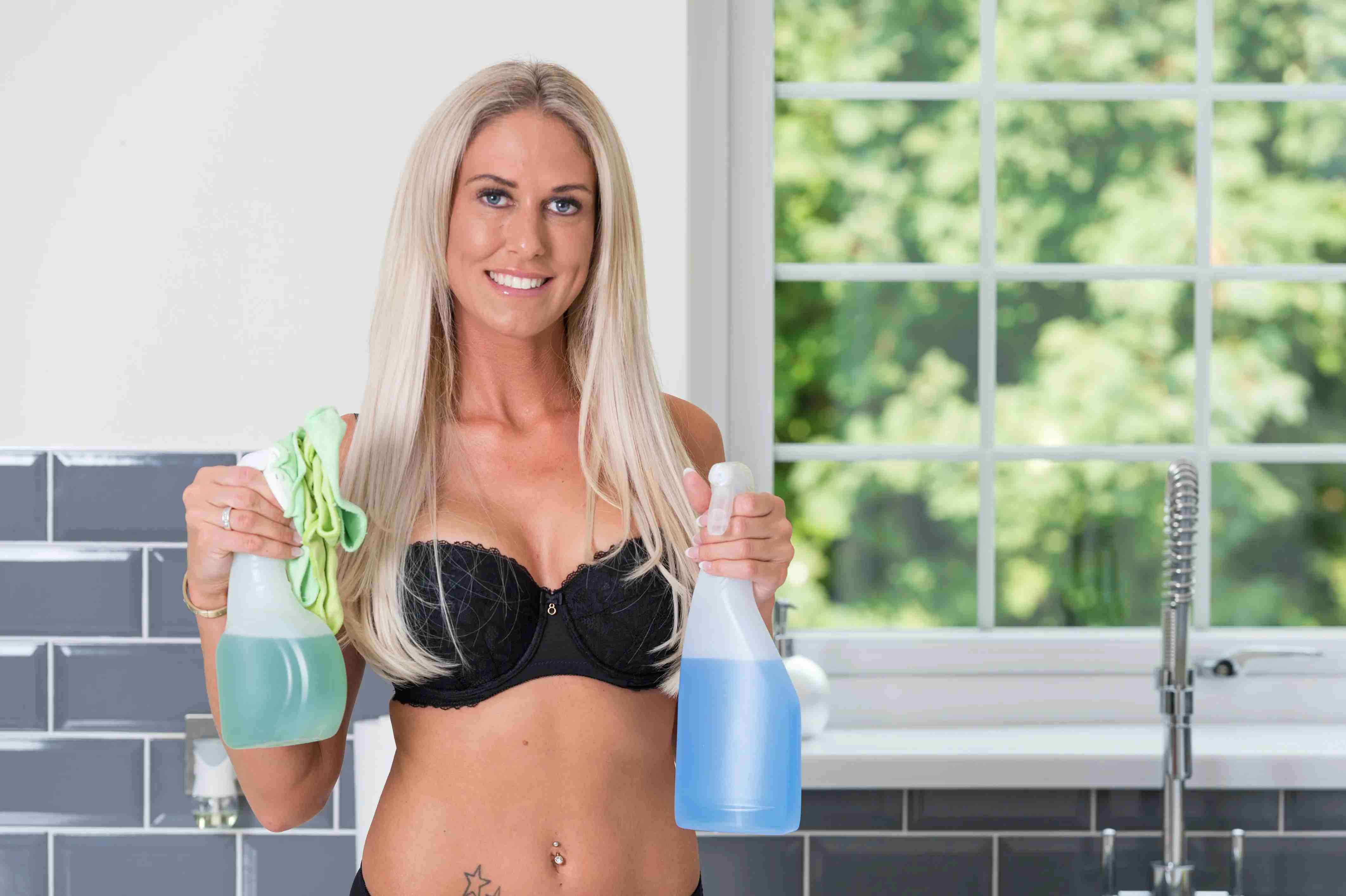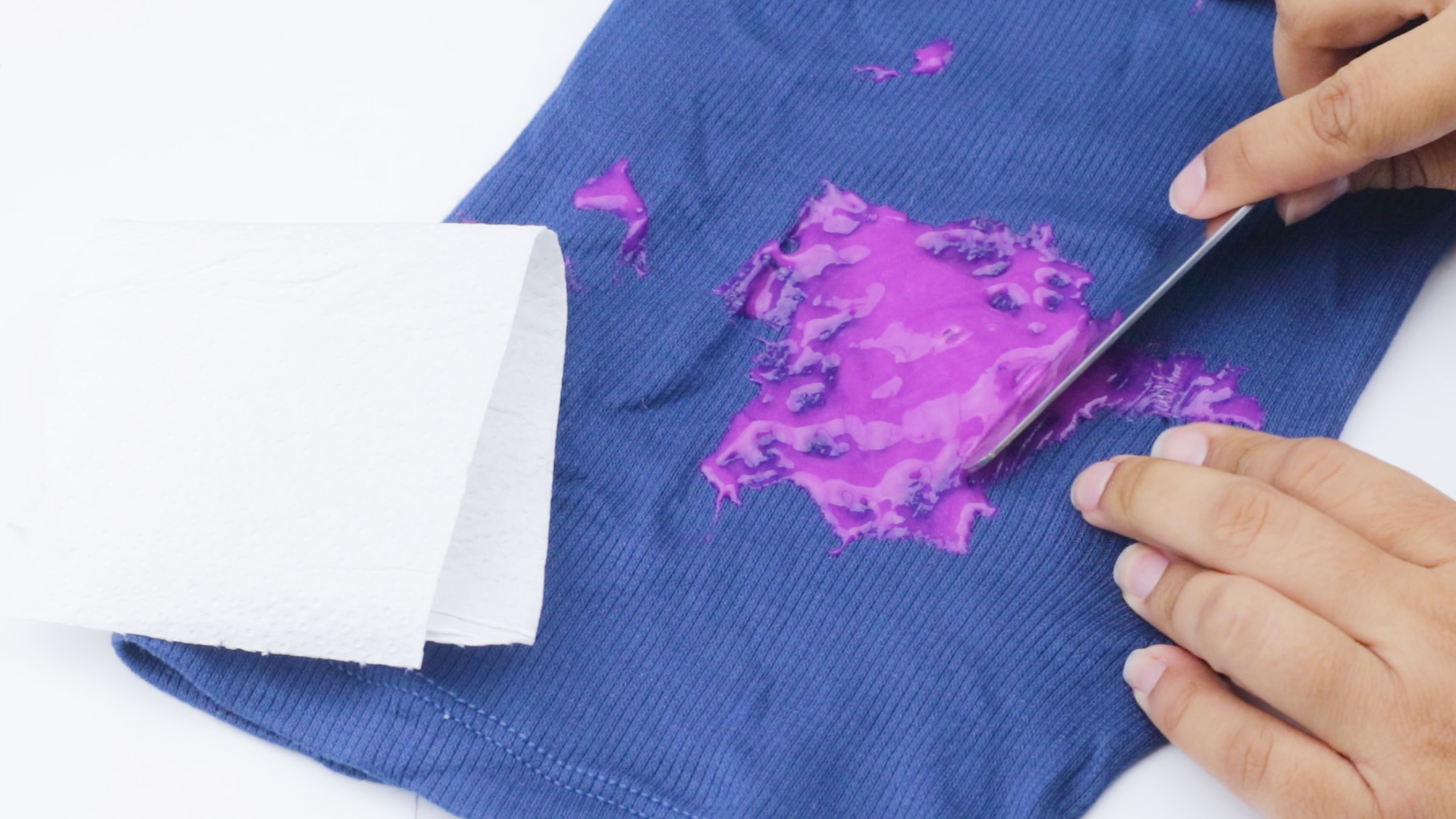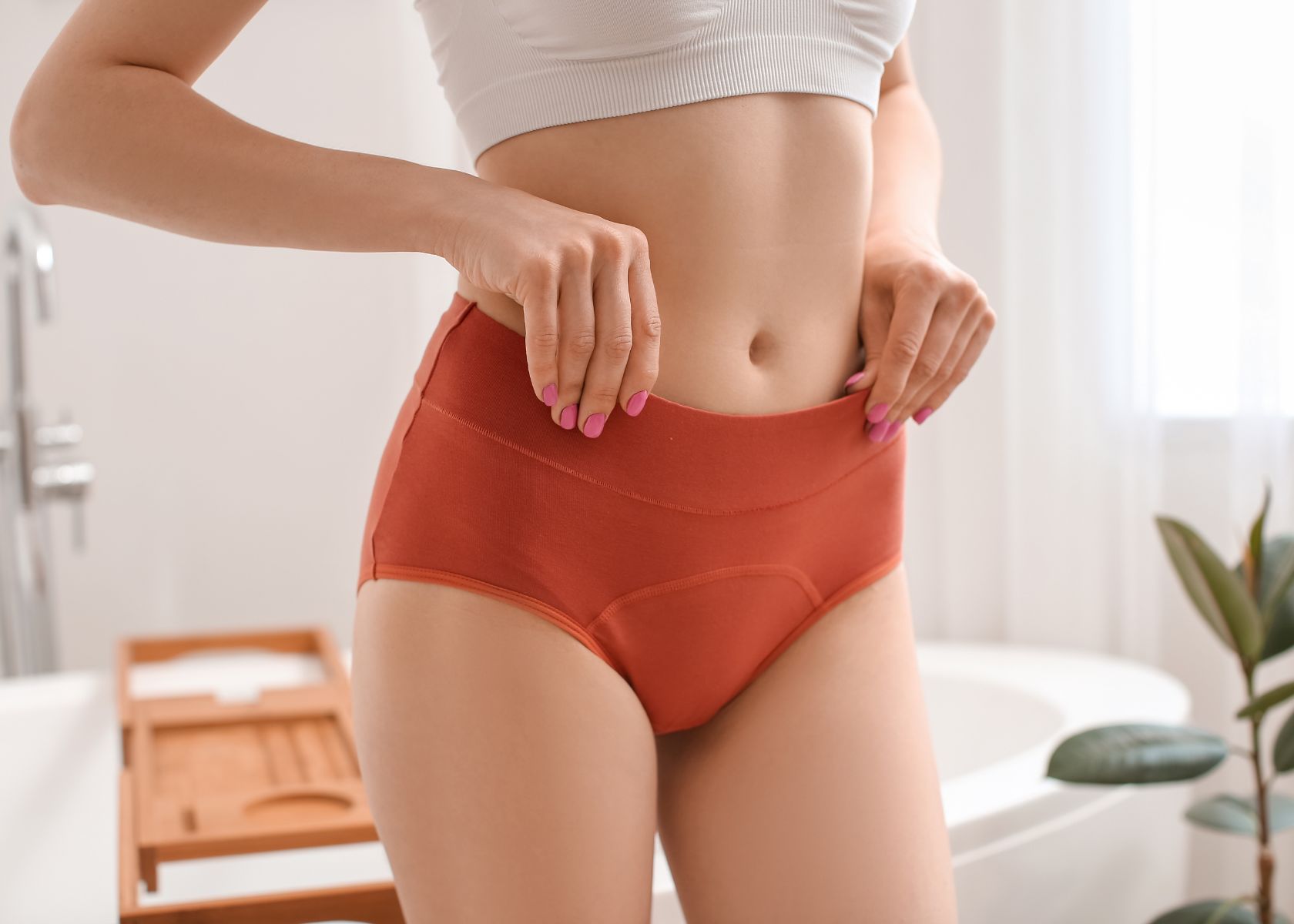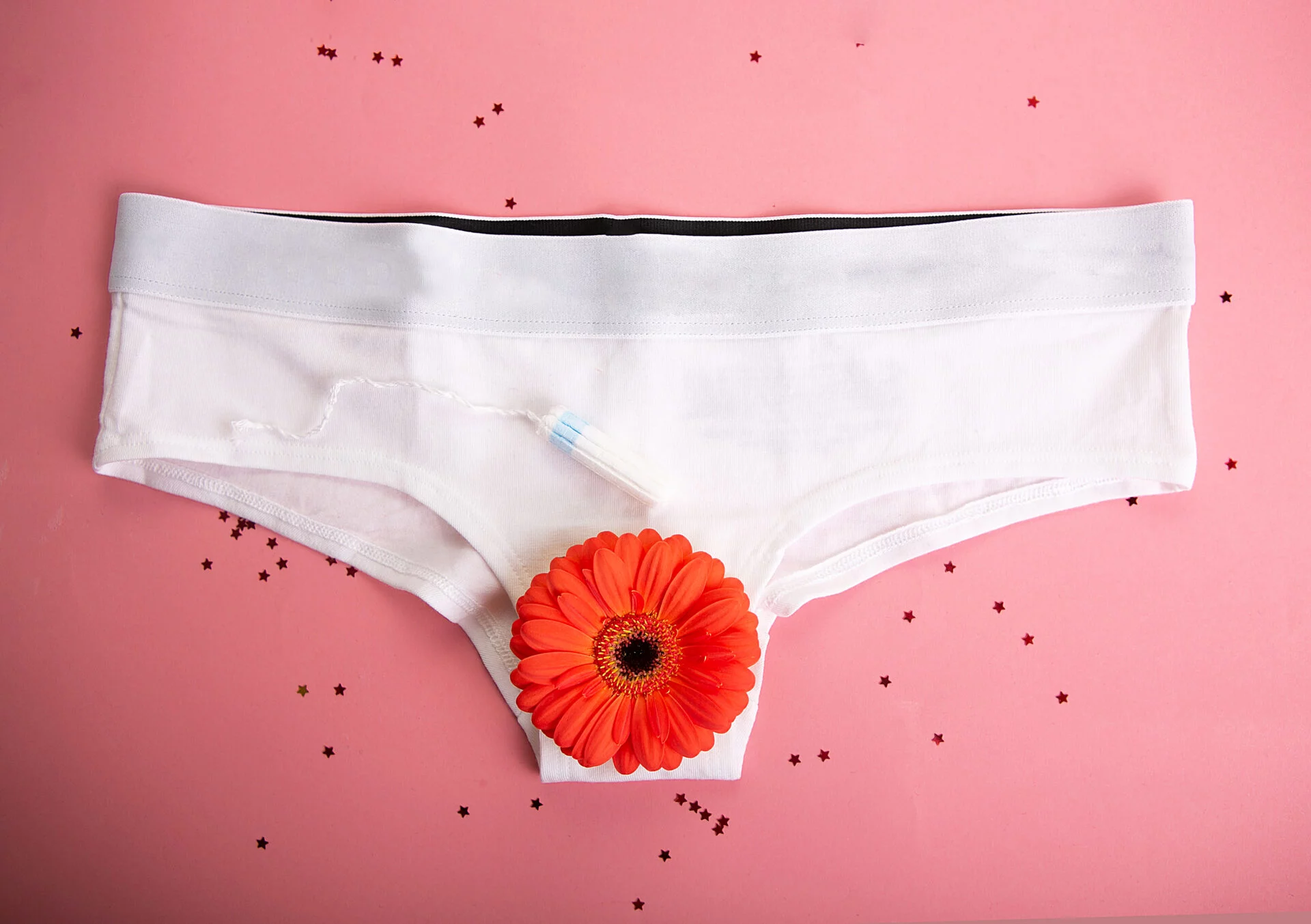Home>How-to Guides>For Women>How To Get Mildew Out Of Swimsuit
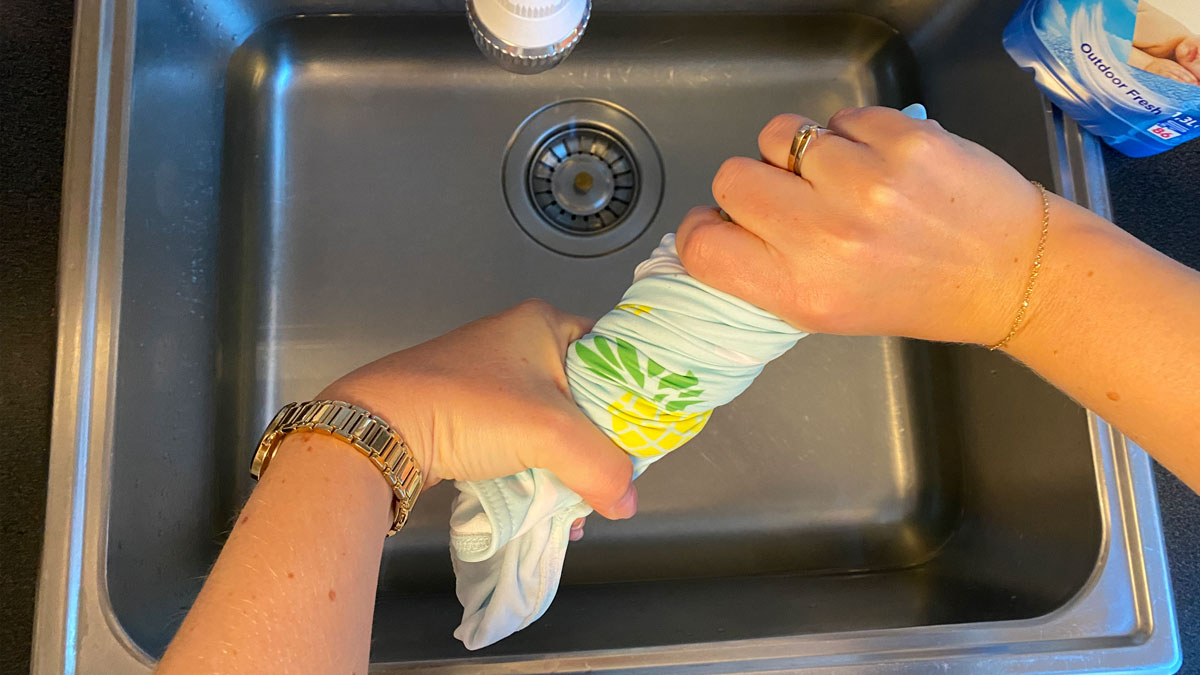

For Women
How To Get Mildew Out Of Swimsuit
Modified: August 2, 2023
Discover effective ways for women to remove mildew from their swimsuits and keep them clean and fresh. Find out the best tips and tricks to get rid of mildew from your favorite swimwear.
(Many of the links in this article redirect to a specific reviewed product. Your purchase of these products through affiliate links helps to generate commission for Under-tec.com, at no extra cost. Learn more)
Table of Contents
Introduction
Swimsuits are not only fashionable but also essential for enjoying sunny days at the beach or pool. However, nothing can dampen the excitement of a day in the sun faster than discovering mildew stains on your favorite swimsuit. Mildew is a type of fungus that thrives in warm and humid environments, making swimsuits a perfect breeding ground. This unsightly and musty-smelling issue can ruin the appearance and longevity of your swimwear, but fear not, as there are effective ways to remove mildew stains and prevent further growth.
Before delving into the techniques for removing mildew from swimsuits, it is important to understand the nature of mildew and how it forms. Mildew can develop when moisture is trapped in a swimsuit, creating a damp environment. This can happen if you leave your swimsuit wet for a long period or store it in a damp place without allowing it to dry properly. Mildew is more likely to occur in dark and poorly ventilated areas, so make sure to store your swimsuits in a dry and well-ventilated space.
In this article, we will guide you through the process of getting mildew out of your swimsuit and preventing its reoccurrence. By following these steps and tips, you can restore your swimsuits to their pristine condition and ensure they stay fresh and mildew-free for many seasons to come.
Understanding Mildew in Swimsuits
Mildew is a common problem that can occur in swimsuits if proper care is not taken. It is a type of fungus that thrives in warm and humid environments, making the inside of a wet swimsuit an ideal place for it to grow. Mildew can appear as dark spots or patches on the fabric and can give off a musty odor. It not only ruins the appearance of your swimsuit but can also lead to fabric deterioration if not treated promptly.
Mildew growth is more likely to occur in swimsuits made from synthetic fabrics such as polyester or nylon. These materials tend to retain moisture, providing an optimal breeding ground for mildew. Swimsuits with multiple layers or padding can also foster mildew growth since the inner layers can trap moisture against the skin.
When mildew forms on a swimsuit, it is important to address the issue promptly to prevent further damage and ensure the swimsuit remains in good condition. If left untreated, mildew can become more difficult to remove and may leave permanent stains on the fabric.
It is worth noting that mildew should not be mistaken for mold. While both are types of fungi, mold tends to be more dangerous and can cause health problems. Mildew, on the other hand, is generally harmless but should still be addressed to maintain the integrity of your swimsuit.
Now that you have a better understanding of mildew and its potential impact on your swimsuits, it’s time to learn how to prepare your swimsuit for cleaning in order to effectively remove mildew stains. By following the proper steps and using the right techniques, you can restore your swimsuit to its original condition and enjoy many more beach or pool outings without worrying about mildew.
Preparing the Swimsuit for Cleaning
Before diving into the process of removing mildew stains from your swimsuit, it is important to properly prepare the garment. Taking the time to prepare your swimsuit for cleaning will help ensure that the cleaning process is effective and minimizes any potential damage to the fabric.
The first step in preparing your swimsuit for cleaning is to thoroughly rinse it with cold water. Rinse both the outside and the inside of the swimsuit to remove any sand, saltwater, or chlorine residue. Avoid using hot water, as it can set the stains and make them more difficult to remove.
Once rinsed, gently squeeze out the excess water from the swimsuit. Avoid wringing or twisting the fabric, as this can damage the elasticity of the swimsuit. Instead, press the fabric between your palms or use a clean towel to absorb the moisture.
If the swimsuit has removable padding or cups, take them out before starting the cleaning process. This will allow you to thoroughly clean both the fabric and the padding separately.
Next, check the care label on the swimsuit for any specific cleaning instructions. Different fabrics may have different requirements, and it’s important to follow the manufacturer’s guidance to prevent any damage.
Now that your swimsuit is rinsed and excess water is removed, it’s time to choose the appropriate cleaning method to tackle the mildew stains. In the next section, we will explore effective techniques for removing mildew stains from your swimsuit.
Removing Mildew Stains from Swimsuits
When it comes to removing mildew stains from swimsuits, there are various methods you can try depending on the severity of the stains and the fabric of your swimsuit. Here are a few effective techniques to consider:
- Vinegar Solution: Vinegar is a natural disinfectant and can help eliminate mildew stains. Create a solution of equal parts white vinegar and water. Soak your swimsuit in the solution for about 30 minutes, then gently rub the stained areas with a soft brush or cloth. Rinse the swimsuit thoroughly with cold water to remove any vinegar residue.
- Lemon Juice and Salt: Another natural solution is to mix lemon juice and salt to create a paste. Apply the paste to the mildew stains and let it sit for 15-20 minutes. Gently scrub the stained areas with a soft brush or cloth, then rinse the swimsuit with cold water.
- Baking Soda: Baking soda is a versatile cleaning agent that can help remove mildew stains. Create a paste by mixing baking soda with water and apply it to the stained areas. Allow the paste to sit for 15 minutes, then gently scrub the stains with a soft brush or cloth. Rinse the swimsuit thoroughly afterwards.
- Hydrogen Peroxide: Hydrogen peroxide is a powerful stain remover. Dilute hydrogen peroxide with water (1:1 ratio) and apply it directly to the mildew stains. Gently scrub the stains with a soft brush or cloth, then rinse the swimsuit thoroughly.
Regardless of the method you choose, always start by testing the solution on a small, inconspicuous area of the swimsuit to ensure that it does not cause any damage or color fading. Additionally, avoid using harsh chemicals or bleach, as these can damage the fabric of your swimsuit.
After removing the mildew stains, rinse the swimsuit again with cold water to ensure that all cleaning agents have been removed. Gently squeeze out the excess water and lay the swimsuit flat to dry, away from direct sunlight. Avoid using a dryer, as heat can damage and shrink the fabric.
By following these techniques and taking the necessary precautions, you can effectively remove mildew stains from your swimsuit and restore its appearance. However, prevention is always better than cure. In the next section, we will explore some preventive measures to keep mildew at bay and ensure your swimsuits stay fresh and mildew-free.
Alternative Methods to Get Mildew Out of Swimsuits
In addition to the traditional methods mentioned earlier, there are alternative methods you can try to get mildew out of your swimsuit. These methods may be particularly useful if you don’t have access to specific cleaning agents or prefer to use household items. Here are a few alternative methods to consider:
- Toothpaste: Apply a small amount of non-gel toothpaste directly to the mildew stains. Gently rub the stains with a soft toothbrush or cloth, focusing on the affected areas. Rinse the swimsuit thoroughly with cold water afterwards.
- Mouthwash: Soak the stained areas of the swimsuit in a solution of mouthwash and water (1:1 ratio). Let it sit for 15-20 minutes, then gently scrub the stains with a soft brush or cloth. Rinse the swimsuit with cold water and allow it to air dry.
- Dish Soap: Create a solution of warm water and a few drops of dish soap. Soak the swimsuit in the solution for 30 minutes, then gently scrub the mildew stains with a soft brush or cloth. Rinse the swimsuit thoroughly with cold water afterwards.
- Aspirin: Crush a few aspirin tablets and dissolve them in water to create a paste. Apply the paste to the mildew stains and let it sit for 30 minutes. Gently rub the stains with a soft brush or cloth, then rinse the swimsuit with cold water.
It’s important to note that while these alternative methods can be effective in removing mildew stains, they may not work as quickly or efficiently as the traditional methods. For stubborn or extensive mildew stains, it may be necessary to repeat the cleaning process or seek professional assistance.
Remember to always test these methods on a small, inconspicuous area of the swimsuit before applying them to the entire garment. This will help ensure that the cleaning agents or household items do not cause any damage or color fading to your swimsuit.
Now that you have explored alternative methods to remove mildew stains, let’s move on to the next section, where we will discuss preventive measures to keep mildew growth at bay.
Preventing Mildew Growth in Swimsuits
Preventing mildew growth in your swimsuits is key to keeping them fresh and in good condition. By following a few simple preventive measures, you can significantly reduce the chances of mildew forming in your swimwear. Here are some tips to help prevent mildew growth in swimsuits:
- Thoroughly Dry your Swimsuits: After each use, make sure to rinse your swimsuit with cold water to remove any chlorine, saltwater, or sand residue. Once rinsed, gently squeeze out the excess water and let the swimsuit air dry completely before storing it. Avoid leaving wet swimsuits in plastic bags or other confined spaces, as this promotes moisture retention and increases the risk of mildew formation.
- Choose the Right Storage: When storing your swimsuits, opt for a well-ventilated area that is cool and dry. Avoid storing them in damp places, such as a gym bag or a tightly sealed container. Instead, lay them flat or hang them in a breathable garment bag or on a hanger to allow proper air circulation.
- Rotate your Swimsuits: If you frequently wear swimsuits, try to rotate them instead of wearing the same one repeatedly. Allowing your swimsuits to fully dry between uses can help prevent moisture buildup and inhibit mildew growth.
- Wash Regularly: While rinsing with cold water after each use is important, it’s also essential to give your swimsuits a thorough cleaning from time to time. Follow the care instructions on the label and wash them in mild detergent. Avoid harsh chemicals or bleach, as they can damage the fabric and lead to color fading.
- Use a Mesh Bag for Laundering: To protect your swimsuits during machine washing, place them in a mesh bag or a pillowcase. This will prevent the straps and fabric from getting tangled or stretched, ensuring that your swimsuits maintain their shape and elasticity.
- Avoid Excessive Sun Exposure: Prolonged exposure to direct sunlight can weaken the fabric of your swimsuits and make them more susceptible to mildew growth. When at the beach or pool, consider using a beach umbrella or wearing a cover-up to protect your swimsuit from the harsh UV rays.
By incorporating these preventive measures into your swimsuit care routine, you can effectively reduce the risk of mildew growth and prolong the lifespan of your swimwear.
With the knowledge of how to remove mildew stains from swimsuits, alternative methods to utilize, and preventive measures to follow, you can confidently care for your swimwear and keep it fresh for many seasons to come.
Conclusion
Mildew stains on swimsuits can be frustrating, but with the right techniques and preventive measures, it is possible to remove them and prevent further growth. By understanding the nature of mildew and its preferred conditions, you can take steps to keep your swimsuits fresh and mildew-free.
Preparing your swimsuit for cleaning by rinsing it thoroughly and removing any removable padding or cups is an important first step. From there, you can choose from traditional methods such as vinegar and lemon juice, or alternative methods like toothpaste or mouthwash, to remove mildew stains. It’s crucial to test any cleaning agent on a small area of the swimsuit before applying it to the entire garment to avoid any potential damage.
However, prevention is always better than cure. By thoroughly drying your swimsuits, storing them in a well-ventilated area, and rotating them between uses, you can significantly reduce the chances of mildew growth. Regular washing of your swimsuits using mild detergent and protecting them from excessive sun exposure are also important preventive measures to consider.
Remember, each swimsuit may respond differently to cleaning methods, so it’s important to be patient and adjust the cleaning process as needed. If the mildew stains persist or the fabric becomes damaged, seeking professional assistance may be necessary to salvage your swimsuit.
With the knowledge gained from this article, you are now equipped to tackle mildew stains on your swimsuits and keep them in pristine condition. By following these tips and incorporating them into your swimsuit care routine, you can confidently enjoy your beach or pool outings without having to worry about mildew ruining your swimwear.
